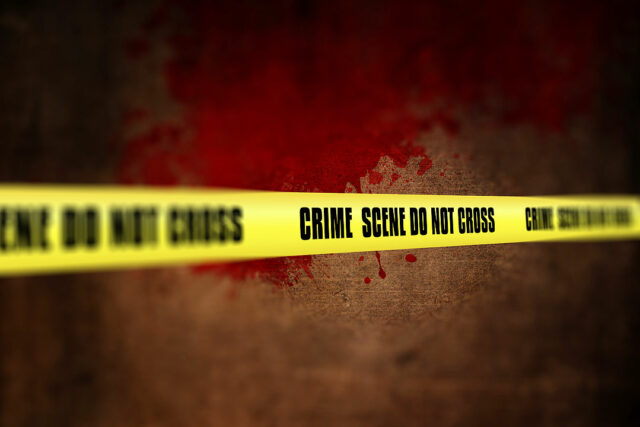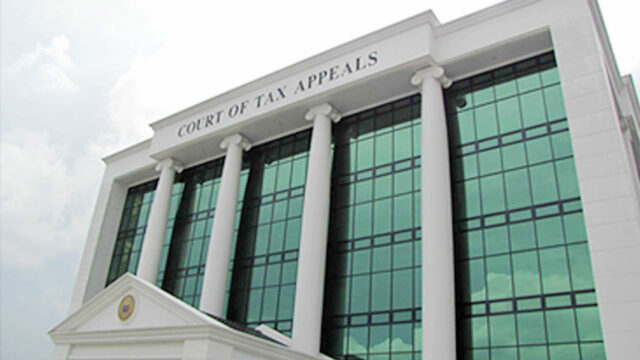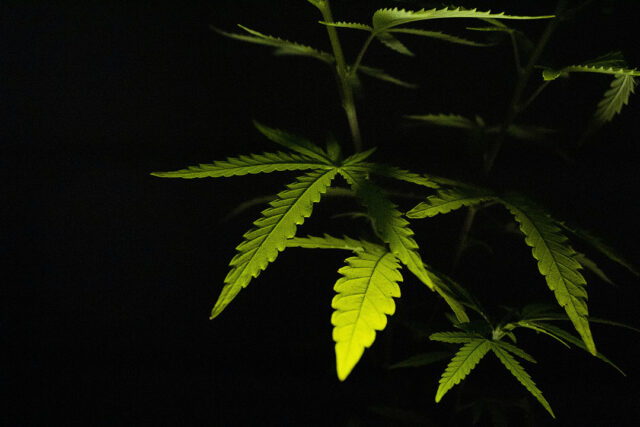Defense chief says civilian agencies’ intel funds aid in countering threats
By Beatriz Marie D. Cruz, Reporter
PHILIPPINE DEFENSE Secretary Gilberto “Gibo” C. Teodoro, Jr. has justified the need for civilian agencies of government to have their own confidential and intelligence funds (CIF), noting that there could be internal activities conducted to aid the country’s external threats.
“There could be a fusion of external threats through internal activities that are disbursed and we are still validating,” Mr. Teodoro said when he faced the powerful Commission on Appointments (CA) for the confirmation of his interim appointment to the top post of the Department of National Defense (DND).
“[To] take control of your internal economy and internal process and the like, you would need intelligence and confidential funds to monitor and suppress this,” he said further of the need to equip certain government agencies.
Senator Ana Theresia “Risa” N. Hontiveros-Baraquel noted that several civilian and intelligence agencies with anti-crime mandates as well as departments required to work against external threats, will need CIFs.
“I just have the feeling that right now [allocations for CIFs are] too disbursed,” she told the panel.
Lawmakers previously noted the surge in agencies asking for CIFs in next year’s budget.
“What we are doing now in Congress, even in budget debates, is that civilian agencies that will [have] confidential funds are those really mandated to use these funds for national defense, internal security, public safety, and of course intelligence mandates,” Ms. Hontiveros-Baraquel said.
The budget for confidential and intelligence funds next year increased by P120 million to P10.14 billion — P5.28 billion in intelligence and P4.86 billion in confidential funds.
Under the 2024 National Expenditure Program, the Office of the President was given P4.5 billion in intelligence funds, while the Office of the Vice President and the Department Education (DepEd) sought confidential funds worth P500 million and P150 million, respectively.
The budgets of these three offices breezed through the House Committee on Appropriations without scrutiny, especially on its proposed CIFs.
The Department of Information and Communications Technology (DICT) got confidential funds worth P300 million. The Bureau of Customs will get P30.5 million, while the Department of Foreign Affairs was allotted P5 million in confidential funds.
The Department of Agriculture was allotted P50 million in confidential funds, the DND, P60 million, and the Presidential Security Group, P60 million.
Mr. Teodoro noted that there are no national security issues on Chinese state-owned enterprises and cell towers operating in the Philippines’ power sector and military bases, respectively.
“That’s not so much a problem because we can monitor it and we have default control over it,” he assured the CA panel.
However, Mr. Teodoro submitted that they cannot monitor the entry of workers assigned to infrastructure projects in the country.
He acknowledged that there is a necessity to tighten surveillance of “covert economic activities and information activities that are not commonly seen.”
The CA confirmed Mr. Teodoro’s appointment as Defense chief, a post he had previously assumed during the Arroyo administration.










